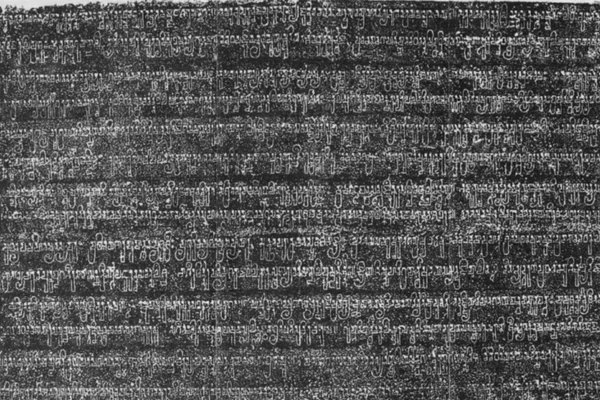An inscription dating back to the 10th century A.D. from the Kadamba period has been found in the Mahadeva temple at Cacora in southern Goa.
About the inscription:
- The inscription is written in both Kannada and Sanskrit, engraved in Kannada and Nagari characters.
- The inscription was found between the Mahadev and Sateri-Betal temples at Cacora, emphasizing the historic and socio-cultural importance of the village during the Kadamba rule.
- Cacora’s strategic location near navigable waterways connecting to the Upper Ghat region through the ancient Diggi ghat route is highlighted in the inscription.
- The inscription begins with the auspicious phrase “Swasthi Shri” and narrates that during the administration of the mandala by Talara Nevayya, his son Gundayya, in fulfillment of his father’s desire to capture a gopura of the port of Goa, fought and died in the battle.
- The inscription is crafted as a vocal statement expressing the grief of a lamenting father on the death of his son.
- Its literary style resembles the Talangre inscription of Jayasimha I from the same period.
Historical Context:
- Kadambas of Goa were the subordinates of Chalukyas of Kalyana.
- Chalukyan emperor Tailapa II appointed Kadamba Shasthadeva as Mahamandaleshwara of Goa, for his help in overthrowing the Rashtrakutas.
- Kadamba Shasthadeva, in 960 A.D., conquered the city of Chandavara from the Shilaharas and later captured the port of Gopakapattana, with Gundayya possibly participating in this battle and sacrificing his life.
- The inscription serves as a memorial stone honoring Gundayya’s heroic fight, erected by his father, Talara Nevayya.
About Kadamba script
- The Kadamba script is the first writing system specifically developed for the Kannada language and was later adopted for writing Telugu.
- It is also known as the “Pre-Old-Kannada script,” highlighting its early association with the Kannada language.
- Belonging to the Brahmi script family, the Kadamba script is one of the oldest within the southern group.
- By the 5th century CE, the Kadamba script became distinct from other Brahmi variants and was primarily used in the southern Indian states of Karnataka and Andhra Pradesh.
- Over time, the Kadamba script evolved into the Kannada-Telugu alphabet by the 10th century CE.
- This evolution signified its adaptation for writing both Kannada and Telugu languages.
- The Kadamba script is also related to the Sinhala script, suggesting linguistic and scriptural connections beyond the Indian subcontinent.
Ref: Source
| UPSC IAS Preparation Resources | |
| Current Affairs Analysis | Topperspedia |
| GS Shots | Simply Explained |
| Daily Flash Cards | Daily Quiz |



